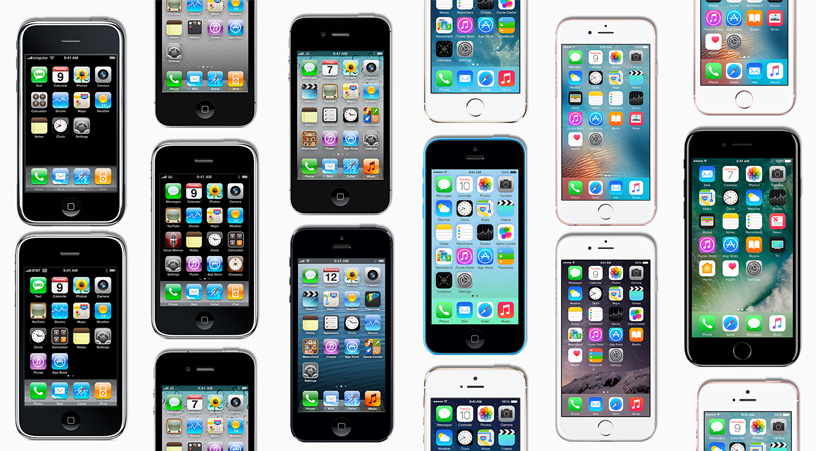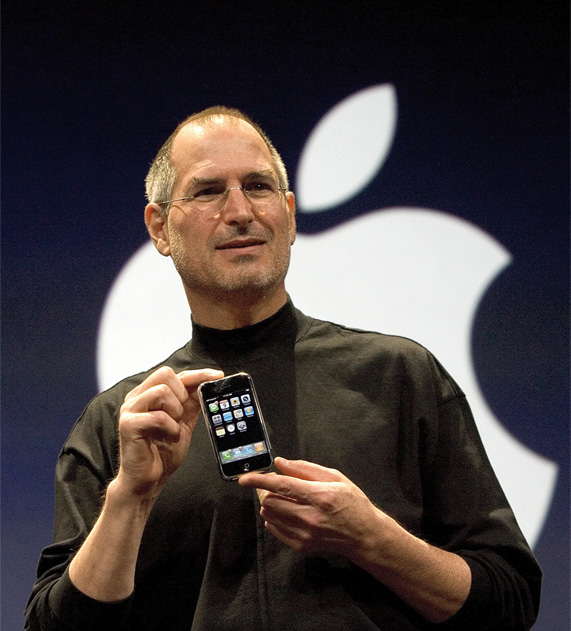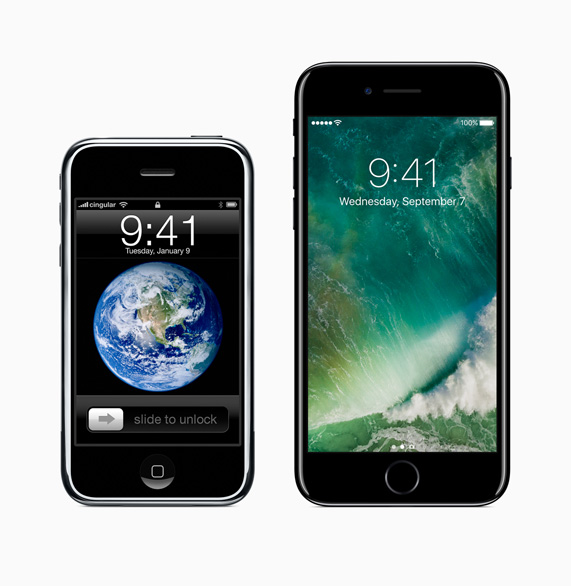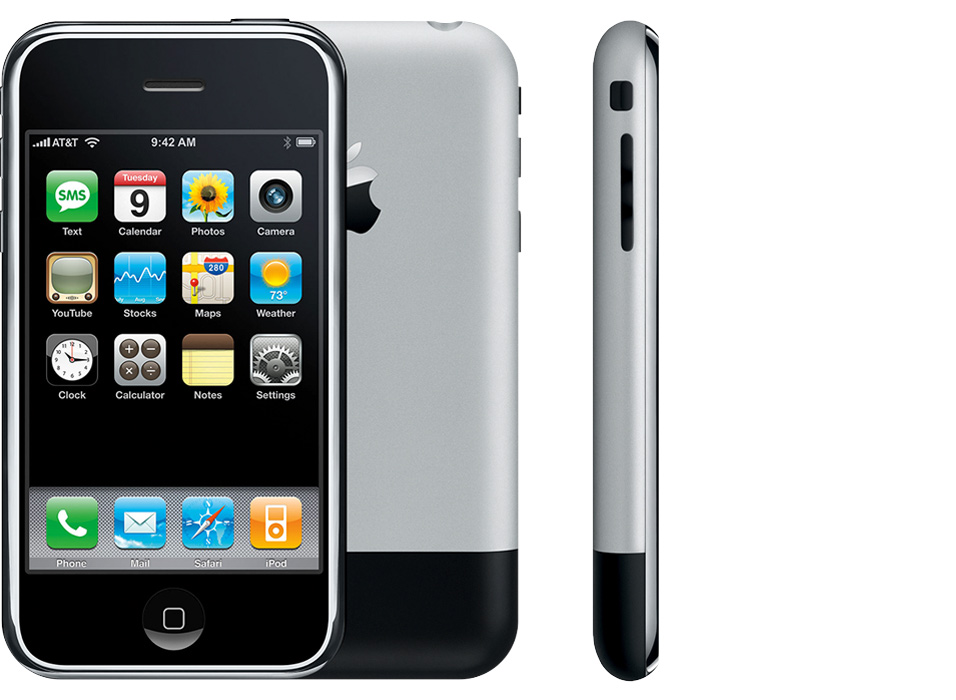On January 9, 2007, Steve Jobs took to the stage at the Macworld Expo and introduced a product that would not only redefine Apple but also set the trajectory for the modern smartphone industry. The original iPhone, while seemingly modest by today’s standards, was a technological tour de force that challenged conventional wisdom and catalyzed a new era in mobile communication and computing.

Reimagining the Mobile Experience
The iPhone was not the first smartphone, but it was the first to truly democratize the concept and make it accessible to the masses. Its elegant industrial design, featuring a sleek glass and aluminum body, was a departure from the plastic-laden handsets of the time. However, the true innovation lay in its user interface and capabilities:
- The Rise of Touch: The 3.5-inch capacitive touchscreen was a paradigm shift, eliminating the need for physical keyboards and styluses. Multi-touch gestures like pinch-to-zoom and swipe-to-scroll, now ubiquitous, were pioneering interactions that transformed how users engaged with digital content.
- The App Store (Later Addition): Although not part of the initial launch, the introduction of the App Store in 2008 solidified the iPhone’s status as a platform rather than just a device. It fostered an ecosystem of third-party applications that exponentially expanded the iPhone’s functionality and utility.
- Internet on the Go: The iPhone’s robust internet connectivity, facilitated by its Safari browser and support for email, maps, and YouTube, made it a pocket-sized portal to the digital world.
- Visual Voicemail: This feature, innovative for its time, allowed users to visually navigate their voicemails, selecting which ones to listen to rather than being constrained by chronological order.
The iPhone’s Ripple Effect
The impact of the original iPhone reverberated throughout the technology industry and beyond:
- Market Disruption: The iPhone ignited a smartphone revolution, compelling competitors to re-evaluate their strategies and invest in touch-based interfaces and app ecosystems.
- Cultural Significance: The iPhone transcended its utilitarian function to become a cultural icon, symbolizing innovation and aspirational design. Its launch was met with unprecedented consumer enthusiasm, with long lines forming outside Apple stores.
- The Mobile Computing Paradigm: The iPhone set the stage for the mobile-first era, demonstrating that powerful computing experiences could be untethered from traditional desktops and laptops.
Reflecting on a Legacy
In hindsight, the original iPhone’s technical specifications appear modest. Its 2-megapixel camera, lack of 3G connectivity, and limited storage capacity pale in comparison to today’s smartphones. However, its significance lies not in its raw power but in its transformative vision.
The original iPhone was a testament to Apple’s commitment to user-centric design and its ability to distill complex technologies into intuitive experiences. It was a catalyst for change, setting in motion a wave of innovation that continues to shape the way we interact with technology today. The original iPhone, more than just a device, represents a watershed moment in the evolution of mobile communication and computing.


